High Peaks Pure Earth presents the English translation of an article about the sacred murals of Wontoe Monastery in Dege, Eastern Tibet. This translation follows on from the short history of Wontoe Monastery we published yesterday.
Originally published in July 2002 on a Sichuan Province official website, this article highlights the historical and cultural significance of the site, now facing imminent threat due to a nearby dam construction. The photos reveal stunning artistic quality, showcasing the murals at risk.
The murals, possibly dating back to the 17th century or earlier, are uniquely preserved with natural plant and mineral based pigments. The mural walls appear to be in a good condition and could be saved.
Thank you to writer and filmmaker Jamyang Phuntsok for translating this article from Tibetan. Please scroll to the bottom to read the translator’s notes.
“Sacred Murals from the Ming-period1 discovered in Wontoe Monastery in Dege”
By reporters: Kunchok Dorje, Tsultrim Sangpo and Dolma Tsetan
(Translated from Tibetan by Jamyang Phuntsok)
Recently, during an interview in Dege, the county’s religious affairs head Samten told reporters about some sacred murals still in existence in Wontoe Monastery of Wontoe township. After hearing this, the reporters went to photograph and report on the murals.
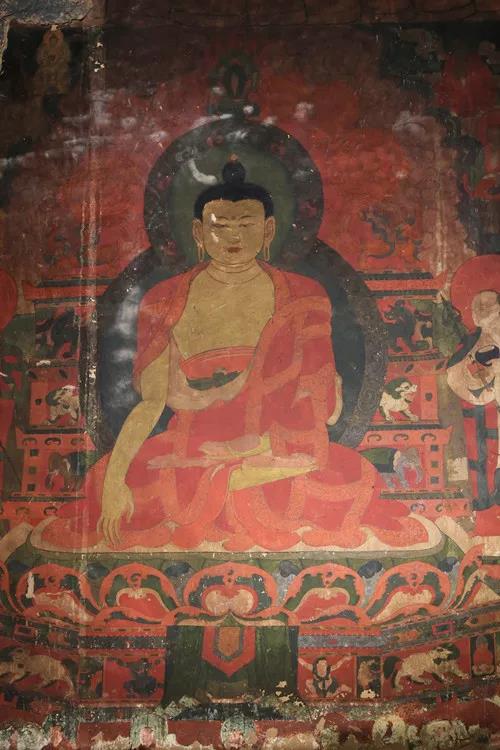
Situated 73km away from the county and on the banks of the Drichu river, Wontoe Monastery is located in Chungthang-gang village of Wontoe township. Belonging to the Sakya sect of Tibetan Buddhism, the monastery was permitted to reopen in 1983 by the Dege County People’s Government.
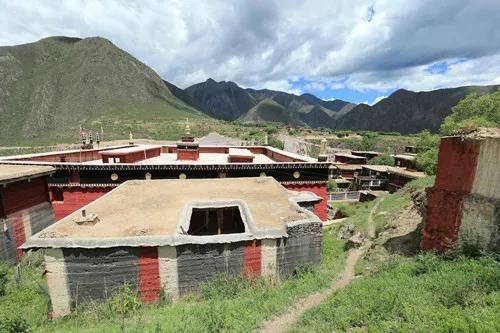
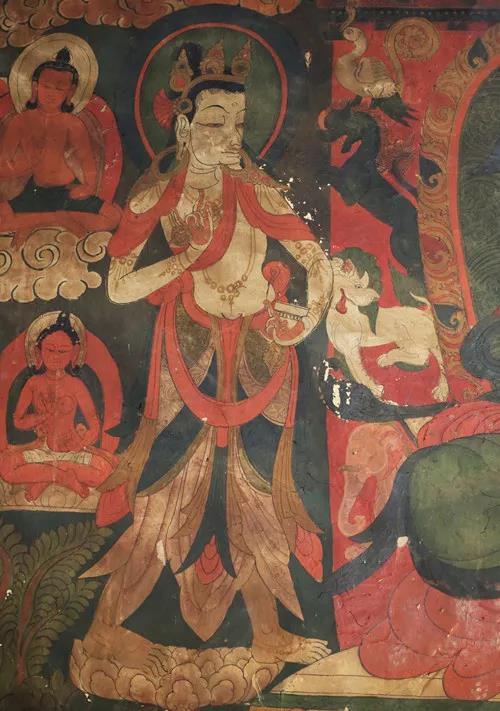
According to ‘History of the Tibetan Buddhist Monasteries in Kardze Tibetan Autonomous Prefecture2’ compiled by Kardze Prefecture Tibetan Studies Centre, the monastery was initially a Bonpo monastery which was later converted to Nyingma and given the name ‘Temple Pierced by An Arrow3’. In 1276, Drögon Chögyal Phagpa, on his way back to Sakya from China, brought the monastery under the Sakya sect. The foundations for the assembly hall and adjoining buildings were laid with the patronage of the Dege King Jampa Phuntsok4. During the Cultural Revolution, the monastery seems to have escaped destruction.
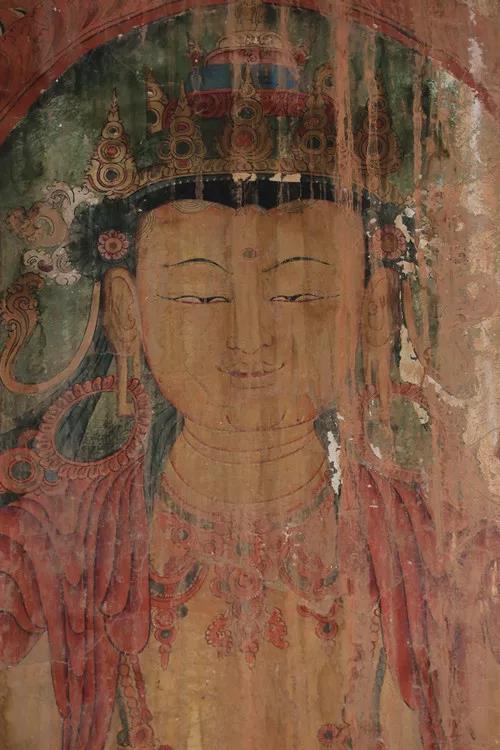
The monastery has several old buildings consisting of an assembly hall, a chapel and a deity’s room. They house numerous invaluable murals. Khenrab Wangchuk, the monastery’s abbot, showed the reporters into the ancient Tara chapel, the oldest room. It was filled with the murals of the Shakyamuni Buddha, the Amitabha Buddha, the five dhyani Buddhas, the Vajradhara Buddha, the Green Tara, the Sixteen Arhats and the various deities of the Mahavairocana mandala. Vast in their subject matter, the artistic splendour of these works was apparent.
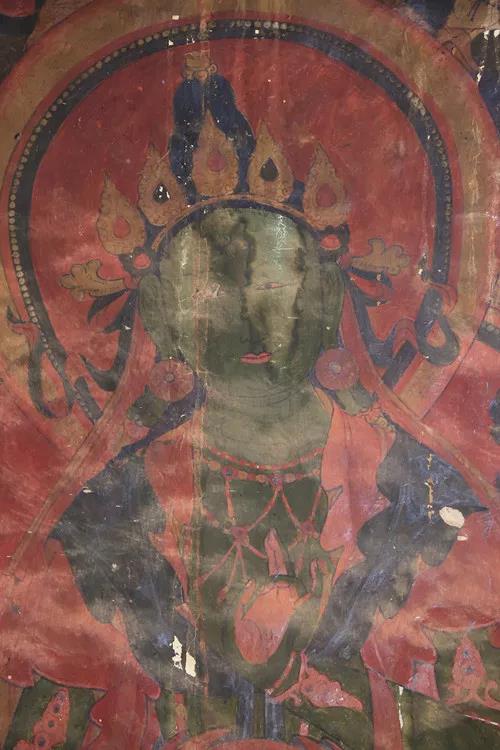
The murals have been highly regarded by experts such as Kunchok Tenzin, a famous thangka artist and professor at Sichuan University, the folk thangka collector Norbu and also by well known artists such as Ogyen Choephel, Yonten Tsering and Wangchen. They have also appealed to the concerned religious and cultural departments for the murals’ preservation and further research into their history and artistic value.
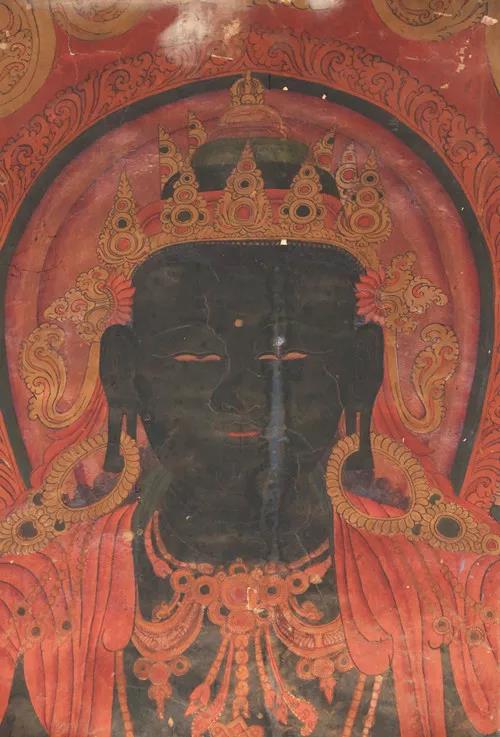
According to Kunchok Tenzin, based on the proportions of the deity figures, quality of pigments used and style of the paintings, the murals were likely painted during the 14th or 15th century. Most experts concur with this conclusion. Yonten Tsering and Wangchen, after extensive on site research, have concluded that they are the most significant Buddhist murals to be found in the region. According to them, the murals are also a good representative of the artistic development in Kham during the Ming period and an important source material for the study of Tibetan art.
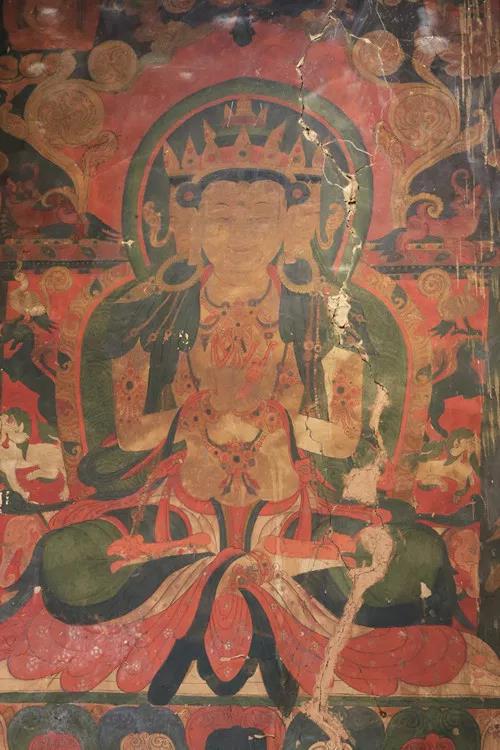
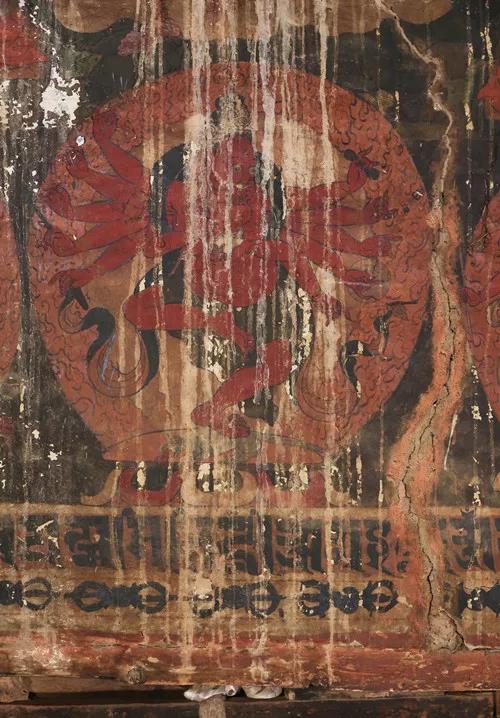
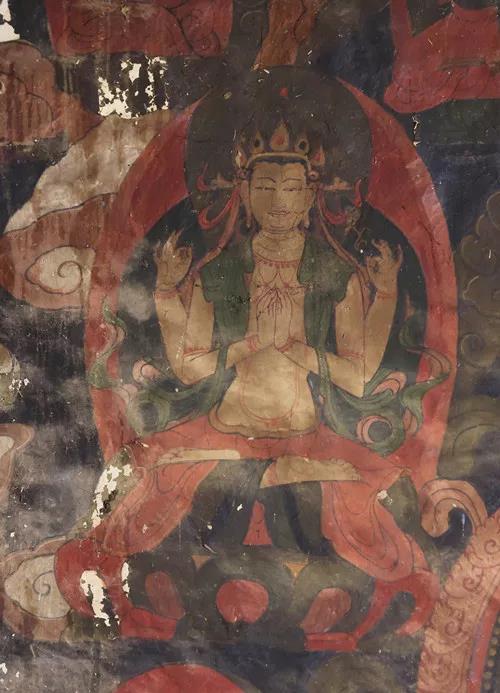
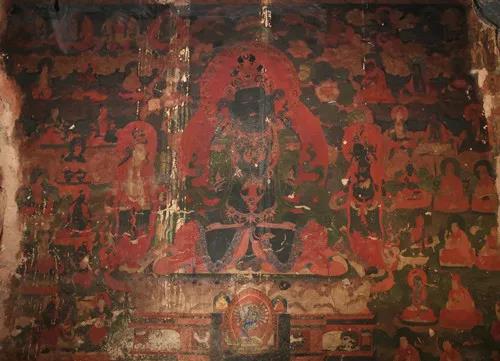
Translator’s Notes
- This attribution seems highly revisionistic. There is no record of either the monastery or the region having any links or relations with the Ming court during the period in question. However, the tenth Dege King Tenpa Tsering (1678-1738), did enter into formal relations with the Qing Empire.
- <<དཀར་མཛེས་བོད་རིགས་རང་སྐྱོང་ཁུལ་བོད་བརྒྱུད་ནང་བསྟན་གྱི་དགོན་པའི་ལོ་རྒྱུས།>>
- “ལྷ་ཁང་མདའ་བསྣུན་མ་” in Tibetan. It is said that the old temple was in a dilapidated state and that the Sakya throneholder Tashi Rinchen shot an arrow to preserve it from ruin.
- Jampa Phuntsok (late 16th century), the first throneholder of the Dege Kingdom. It was during his reign that Dege, while the neighbouring Kingdom of Beri was under attack from Gushri Khan’s Mongol troops, was able to annex many territories including Wontoe by siding with the victorious Khan.

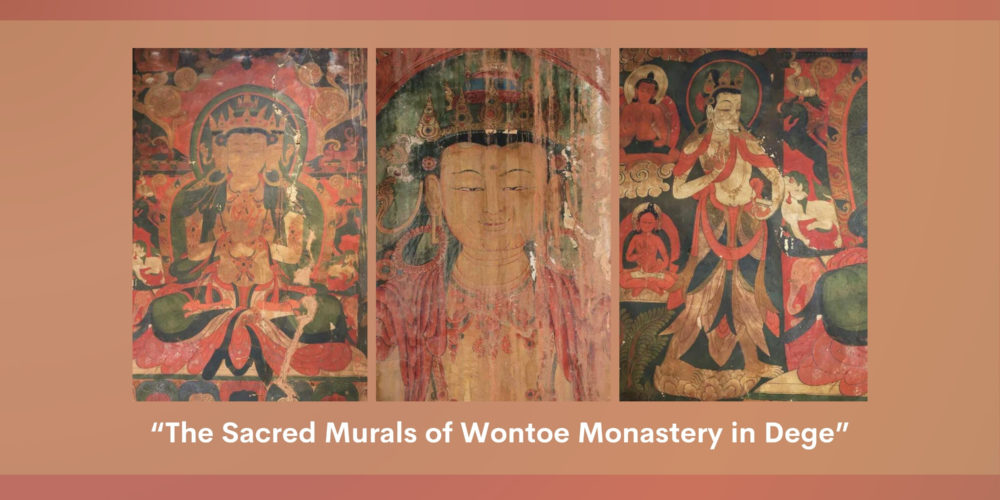
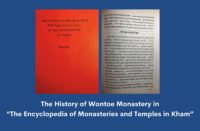
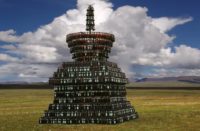

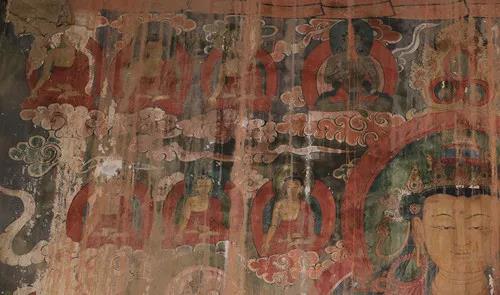
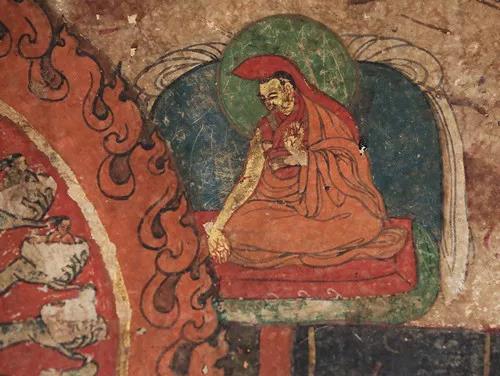
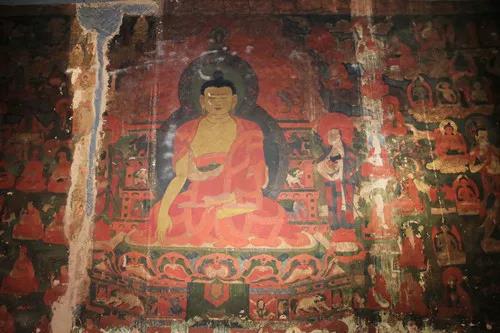
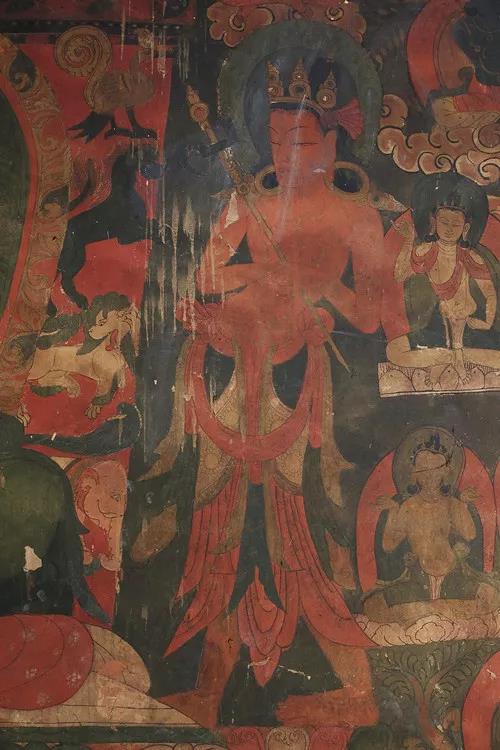
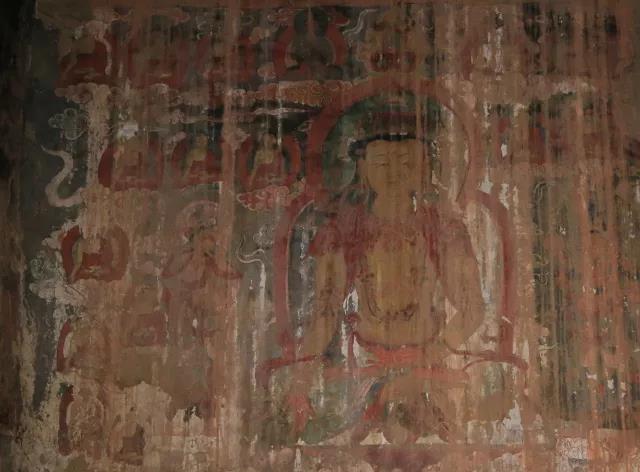
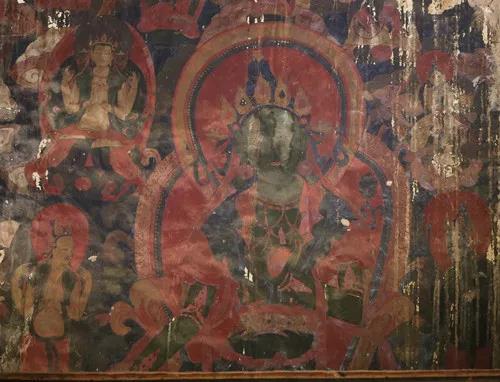
Is there an English translation to the study done as it appears in the March 4, 2024 ‘Art’, “History of Wontoe”?
Not that we know of!